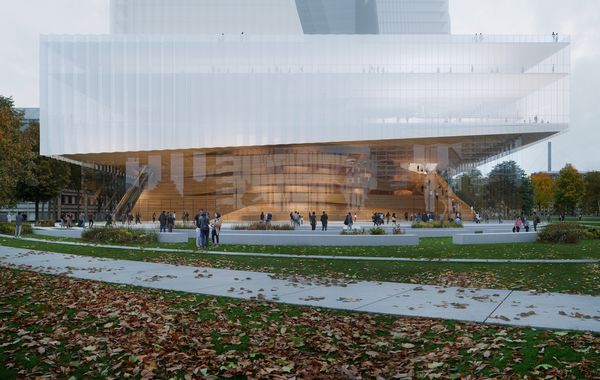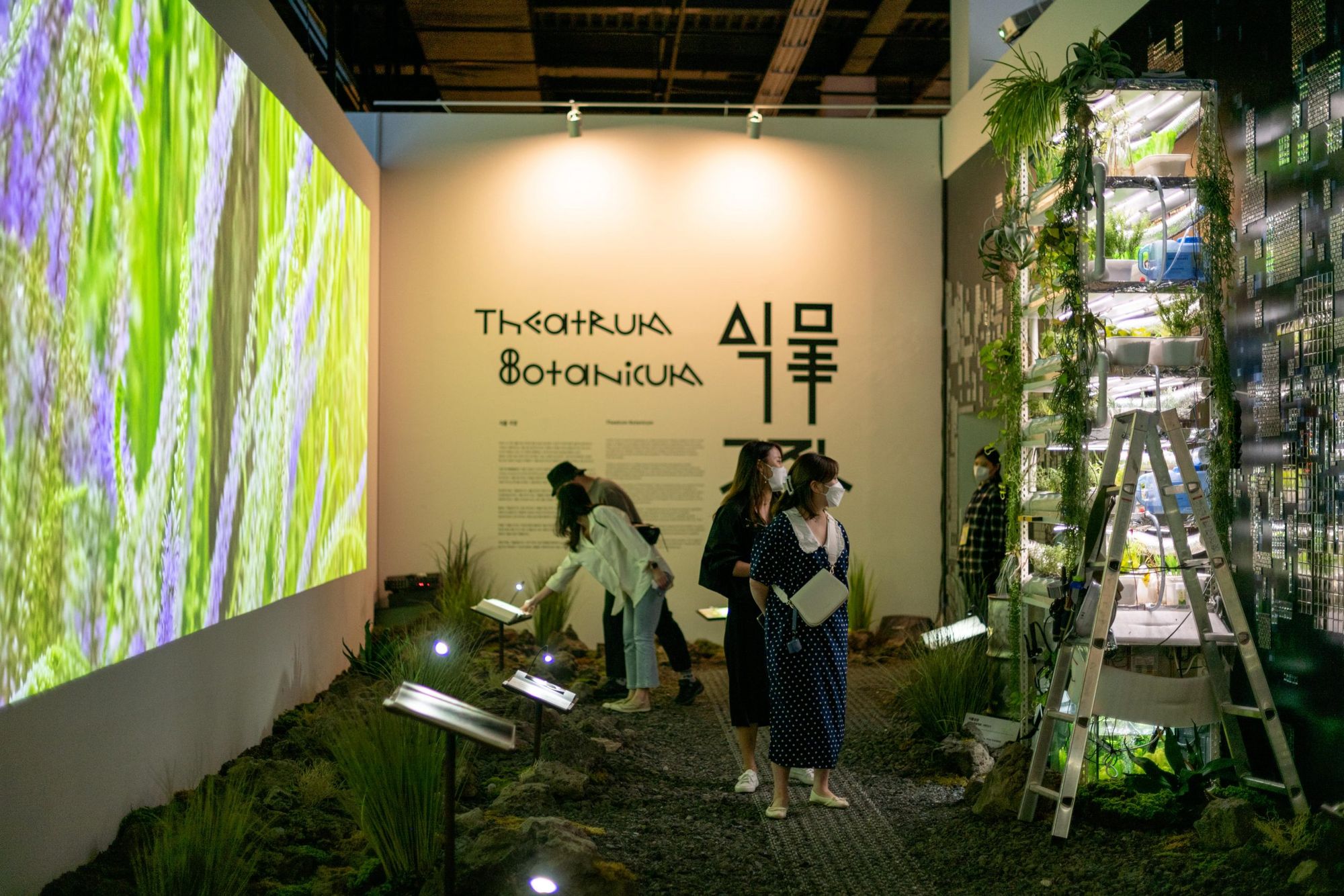Autumn is a festive time for design, with design weeks, festivals and biennials opening in major cities around the world. In Gwangju, South Korea’s sixth-largest city, the ninth edition of the Gwangju Design Biennale is open until the end of October. Ai Wei Wei, for example, was once the curator of the event among others, and last year Miklós Kiss was an exhibitor at the biennale. The organizers of this year’s program are positive about the achievements of the design scene over the past year and are optimistic about the future—while the negative effects of the pandemic could be listed for days, the adaptation to the situation has brought new and innovative design solutions to all aspects of life. Jisoo Moon, Project Manager at GDB, told us about the series of exhibitions featuring the work of over 400 designers.
Gwangju Design Biennale has been organized since 2005, this years’ event is the 9th edition, titled D-Revolution (Design Revolution). Could you tell us more about this concept?
This year the Gwangju Design Biennale explores the concept of revolution through design. Revolution is about change and in fact, includes the word ’’evolution’’ which can refer to change, development, transformation. Due to the outbreak of ’Covid-19’, 2020 has been the year of change and transformation on a global scale and consequently, we all are currently living in uncertain times, to this day. To provide hope, Chief Director, Hyunsun Kim, felt the need to connect the discouraged and disconnected with one another to lessen the ’Corona blue’ by providing inspiration through the various encouraging themes of the 9th GDB 2021, with the message that there is light in this temporary darkness through the power of design.
While the term revolution is often associated with upheavals, the Gwangju Design Biennale 2021 seeks to redefine revolution as a theme of rediscovery, reestablishment, and reproduction. The first letter, ’’d’’ in d-Revolution, was selected to elicit associations with the themes of Digital, Day, Data, Dub, Dimension, Description, Dream, etc. of the GDB2021. These terms serve as a message of encouragement to visitors as well as a recommendation to reevaluate the world around us by contemplating the meaning of d-Revolution.
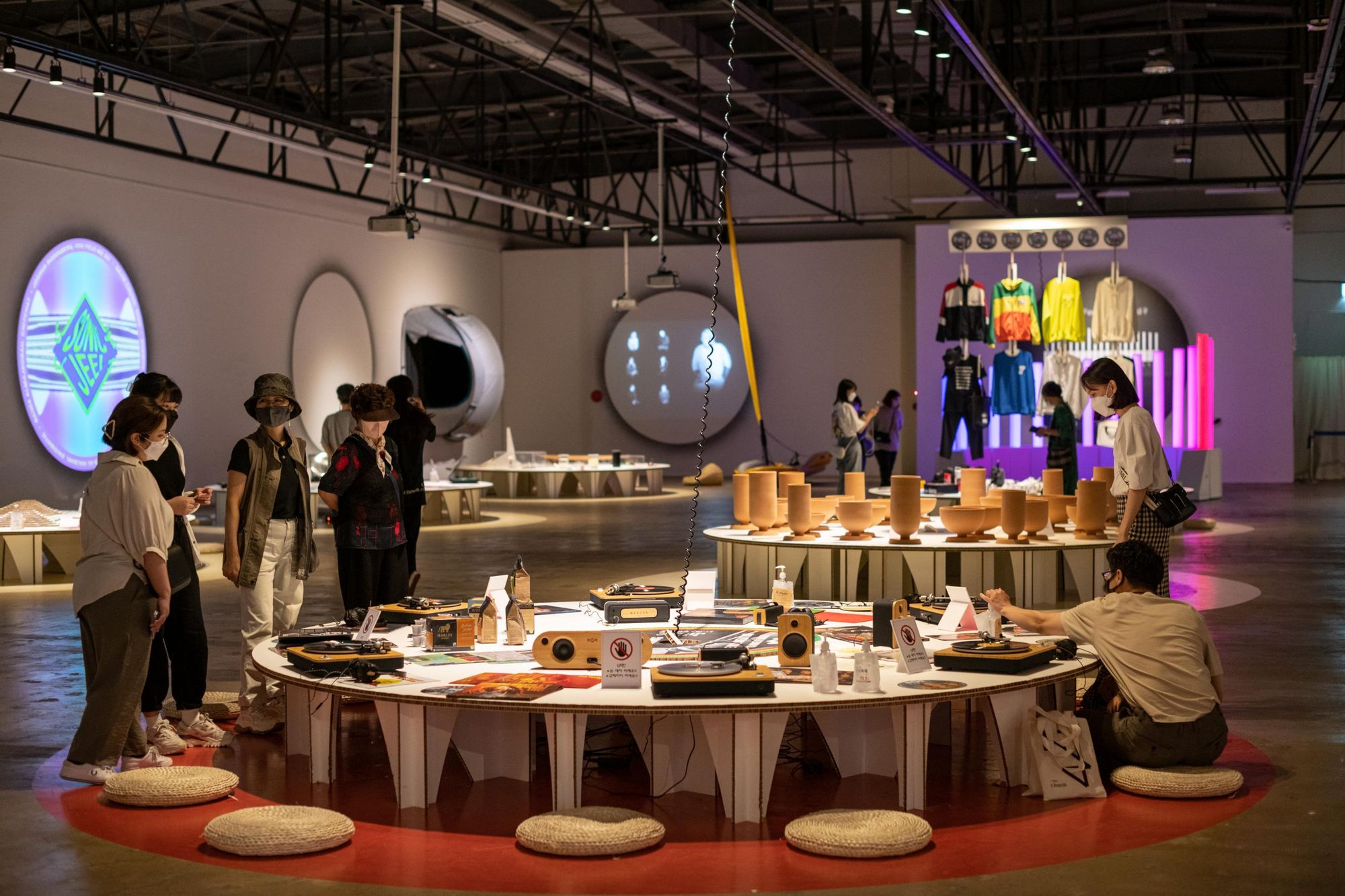
Can you guide us through the five sub-themes of the main exhibitions (held in Gwangju Biennale exhibition hall) in response to the ’d-Revolution’?
The curators of each theme exhibition have been entrusted to emphasize their perspective of ’’revolution’’ in unique and compelling ways. ’D-Revolution and beyond’ is associated with 5 keywords which are Data (information), Dimension (dimensions), Daily Life (everyday living), Doing (action), and Description (expression). The overall message is a call to reevaluate the world around us from exploring the analog interpretation of cutting-edge technology. ’DUB Revolution’ focuses on diversity, through a fusion or re-mixing of foreign sources with local flavors. It is a welcoming of international overlapping, a combining of revolutionary designs with diverse cultures from Korea, Japan, Singapore, China, Italy, France, US, UK, Jamaica, Finland, Sweden, Hong Kong, and Poland. ’D-Revolution for Day’ presents a vision of AI by exploring the concept of blending humans with design and technology in the digital revolution age. ’D-Revolution for Evolution’ explores important changes that we face in our daily lives and presents a message of optimism for the future and suggests better ways to coexist with each other in this time of limited face-to-face interaction. ’D-Revolution for Gwangju’s Revolution through design’ seeks to contribute to the local and regional economies through design-related collaborations and projects.
How does this year’s theme connect to the previous editions’ core topics?
In the GDB 2021, we wanted to offer visitors a message of hope and encouragement, along with a sense of healing during the pandemic. This year’s GDB version has expanded and developed from the concept of starting with the core value of humanity that was addressed in 2019. The theme of the GDB 2019 which was titled ’’Humanity’’, referred to the combining of Human and Community. It was centered on the fundamental values of humankind, emphasizing the important value of humanity and community (belongingness) that seem to be decreasing due to the constant advent of hi-tech developments. The GDB 2017 was themed with ’FUTURES’, and delved into the roles and value of future design in a time of automation and intelligent machines, IoT, cloud computing, big data, artificial intelligence, robot technologies, and other areas related to the 4th Industrial Revolution. Each new version of the GDB is intended to build upon the previous one(s) and develop over time to reflect the most up-to-date design trends as well as the relevant current and future issues.
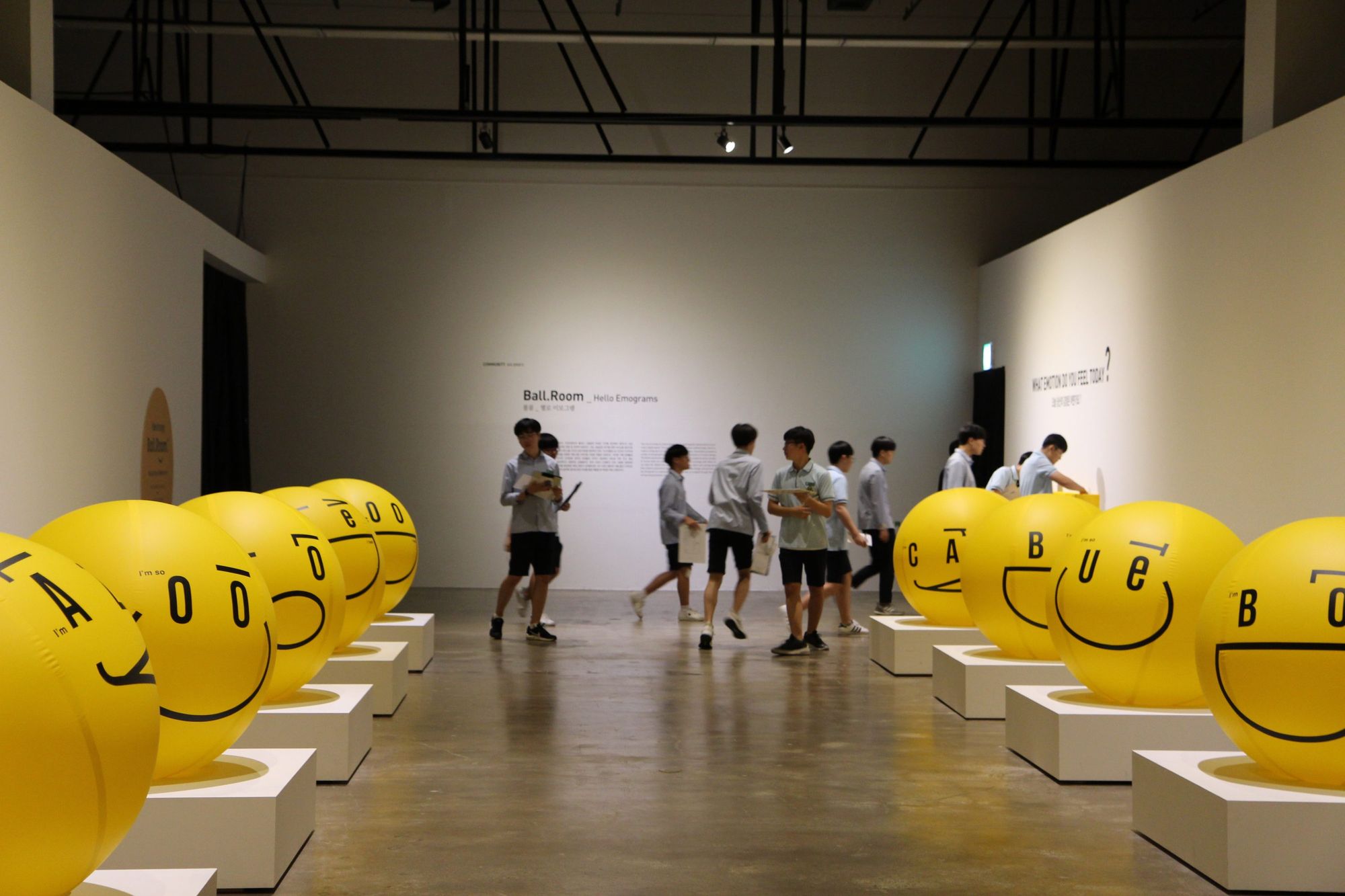
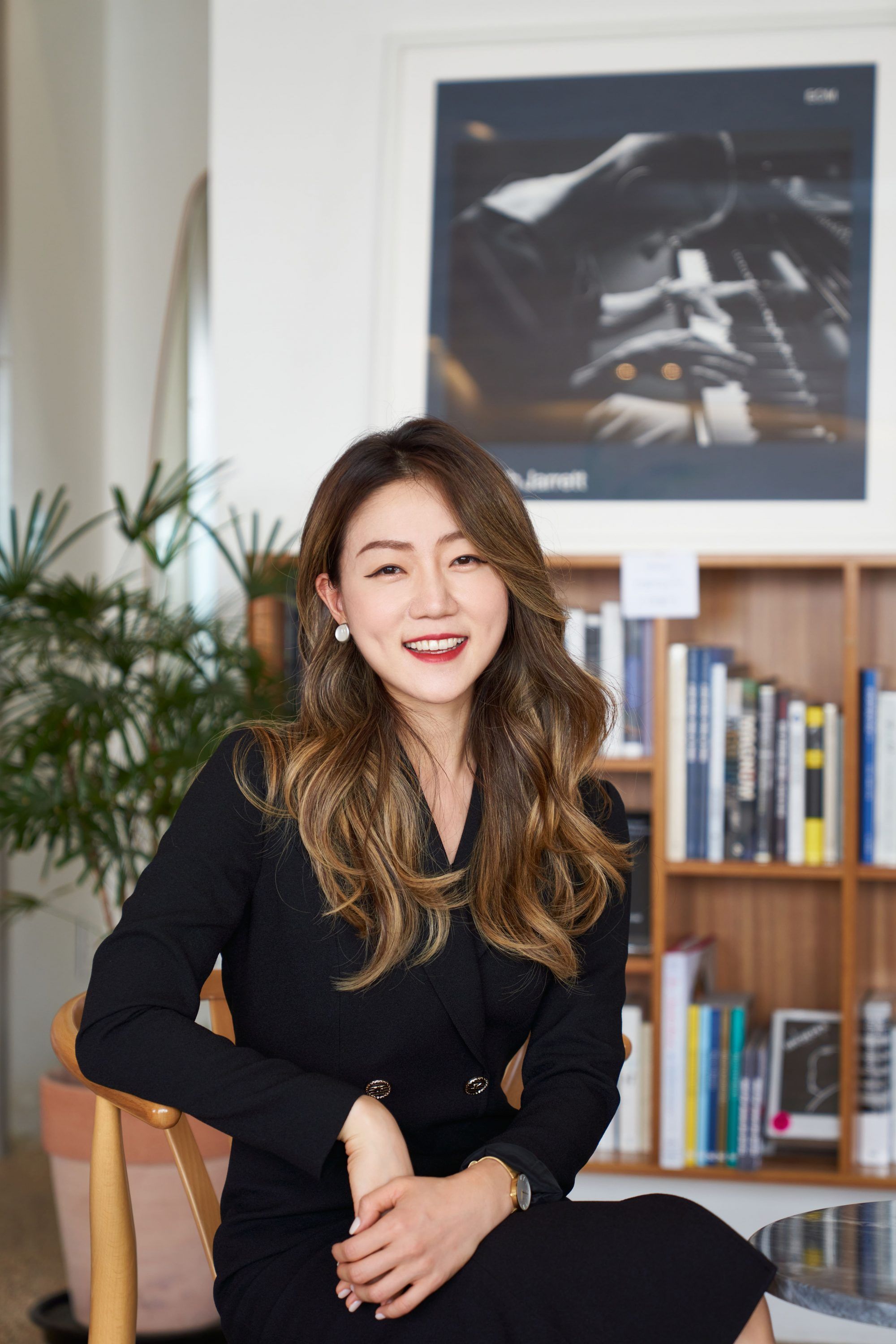
From your perspective as a project manager, what are the unique parts that this year’s design biennale differentiated from other events?
This year, along with the offline exhibitions, VR online exhibition platform has been created to allow both local and international visitors who access the GDB 2021 online using www.gdbvr.or.kr to conveniently navigate through the various exhibitions. To add to this exciting function is a scavenger hunt game (temporary event: October 12-17 / October 19-24 / October 26-31) being offered in which visitors can hunt for treasures while they are viewing the exhibitions.
Also, we have invited AI robots (partnered with Zeta Bank, South Korea) to serve as disinfection agents and docent guides that traveling through the exhibition halls. We are taking safety and sanitization very seriously, so these disinfecting autonomous robots have provided sterilizing solutions effectively across the spaces. In addition, the docent robots are performing roles as an alternative means to explore the exhibitions while helping to educate viewers with safety and convenience in mind.
What areas of design are represented in the program series?
We are embracing multifaceted aspects of design as the field has been expanding into a variety of areas, from industrial design, graphic design, product design, social design, fashion design, to integration within music genres including pop, classic, and traditional, to media art, technology, AR/VR, social, digital, scientific, and technological spheres. All of these areas are related to the area of design because it is the artistic interpretations of designers that make the world around us more understandable and satisfying.

What are the highlights of this year’s event and the exhibited works?
There are so many, it is hard to only name a few. The GDB 2021 is highlighting both analog exploration as well as technological advancement particularly in relation to the positive ways they are helping the world cope and combat the current pandemic via designs of digital and smart technologies. For instance, ’’SounDUB System’’ is a welcoming installation consisting of a large wall of visual elements with labels representing each exhibitor. It was designed by MOTOElastico (South Korea) and built FUNNYPAPER (South Korea) with honeycomb cardboards, and is a ’’media wall’’ inspired by Jamaican sound systems that projects pre-digital forms of communication, from graffiti to graphic stickers, from concerts to uprising and political propaganda. The work explores artistic revolution and celebrates the Jamaican root of DUB—’’dubbing’’ (mixing) international elements with local flavors.
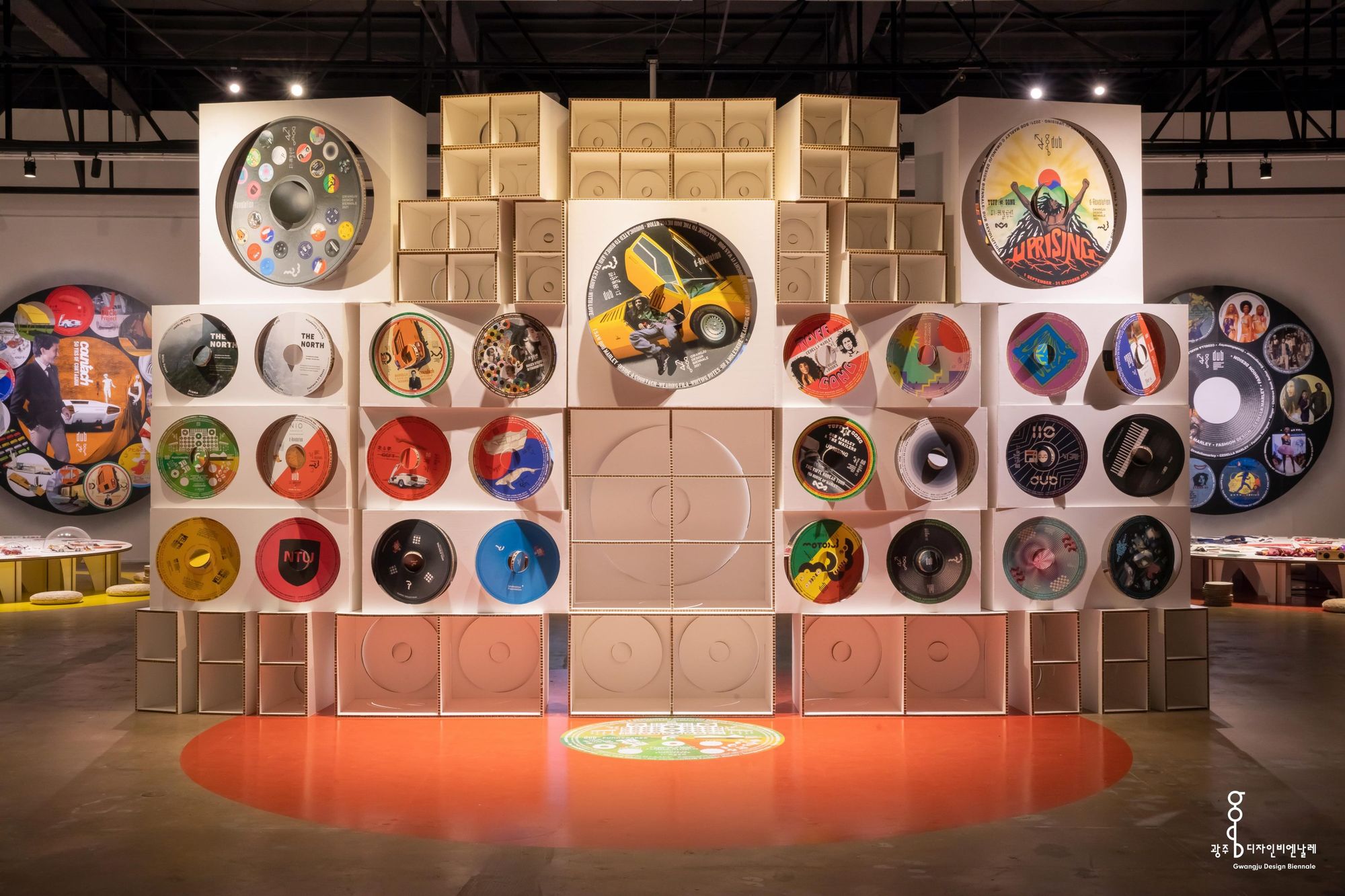
The ’From Color to Eternity’ is an installation work collaborated between Wanda Barcelona Design Studio (Spain) and D MUSEUM (South Korea): more than 4,000 paper blossoms, symbolizing the blooming wisteria flower, have been created by applying sophisticated laser and die-cutting techniques on fire-retardant paper, and then folded and weaved again by hand. The result is a magical scene of timeless splendor in which the design work and the audience communicate through seemingly natural beauty.
Another highlight is the Peace of Mind project by EvoM, the first AI composer in Korea created by Professor Changwook Ahn. The work ’’Peace of Mind’’ was designed to connect and expand human-human relationships due to the distancing effects of AI in this unprecedented pandemic era. EvoM has a cold mechanical heart but conveys a peaceful message to the mind of those who are exhausted physically and mentally as a result of suffering from the Corona Blues phenomenon.


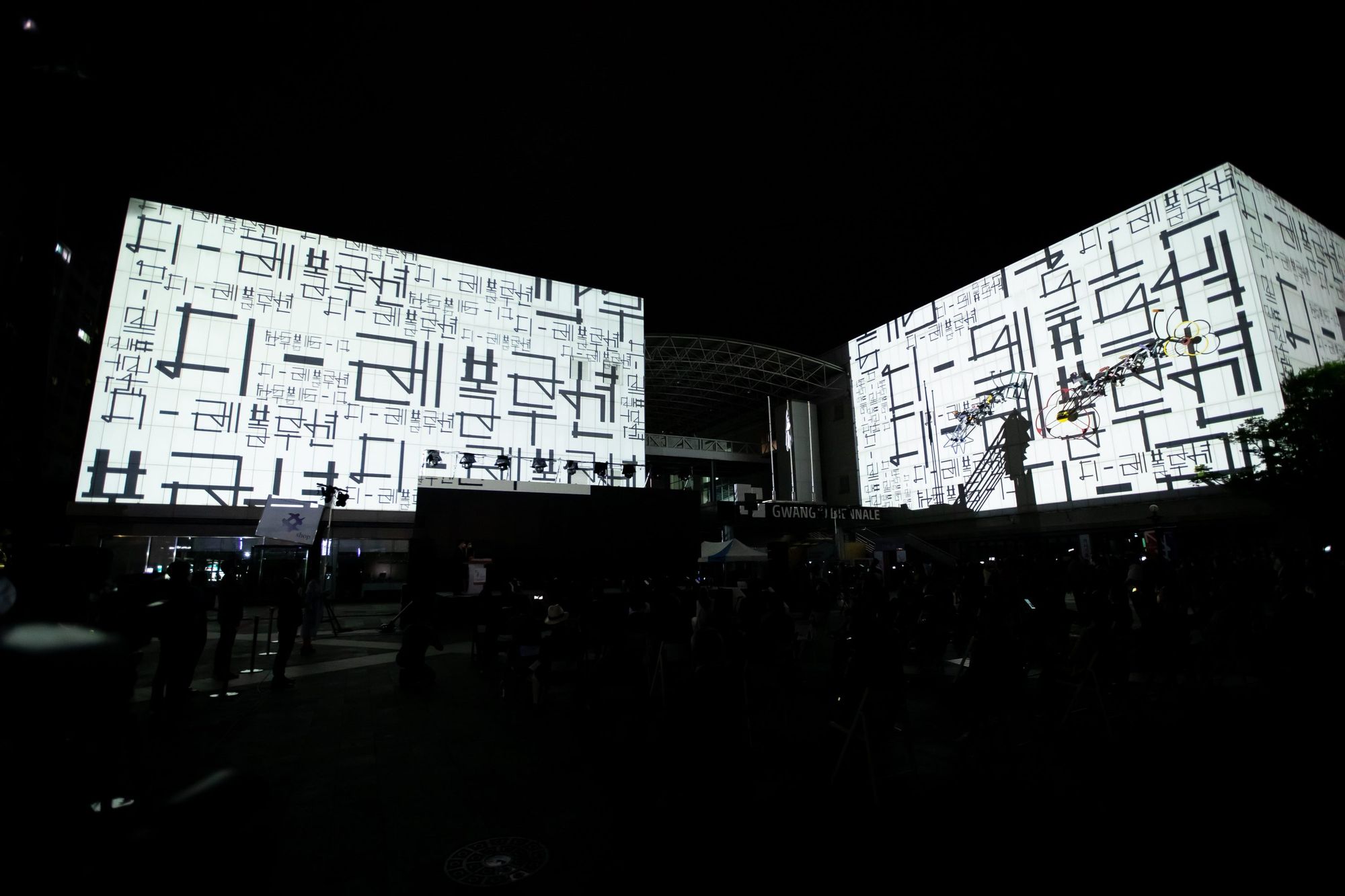

Stories from the farm to the table—Dávid Kárai’s book “Ki mint vet” has arrived
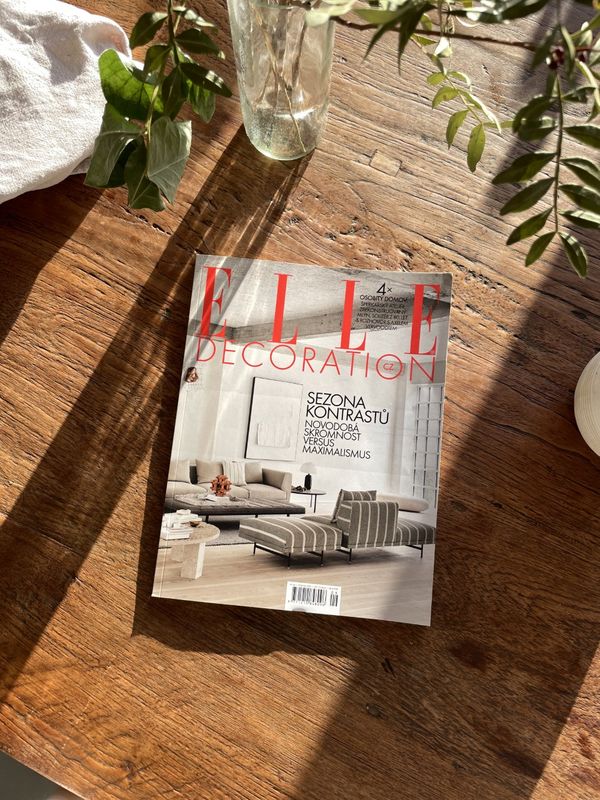
360 Design Budapest X ELLE Decoration Czech Republic—interview with Eva Slunečková
